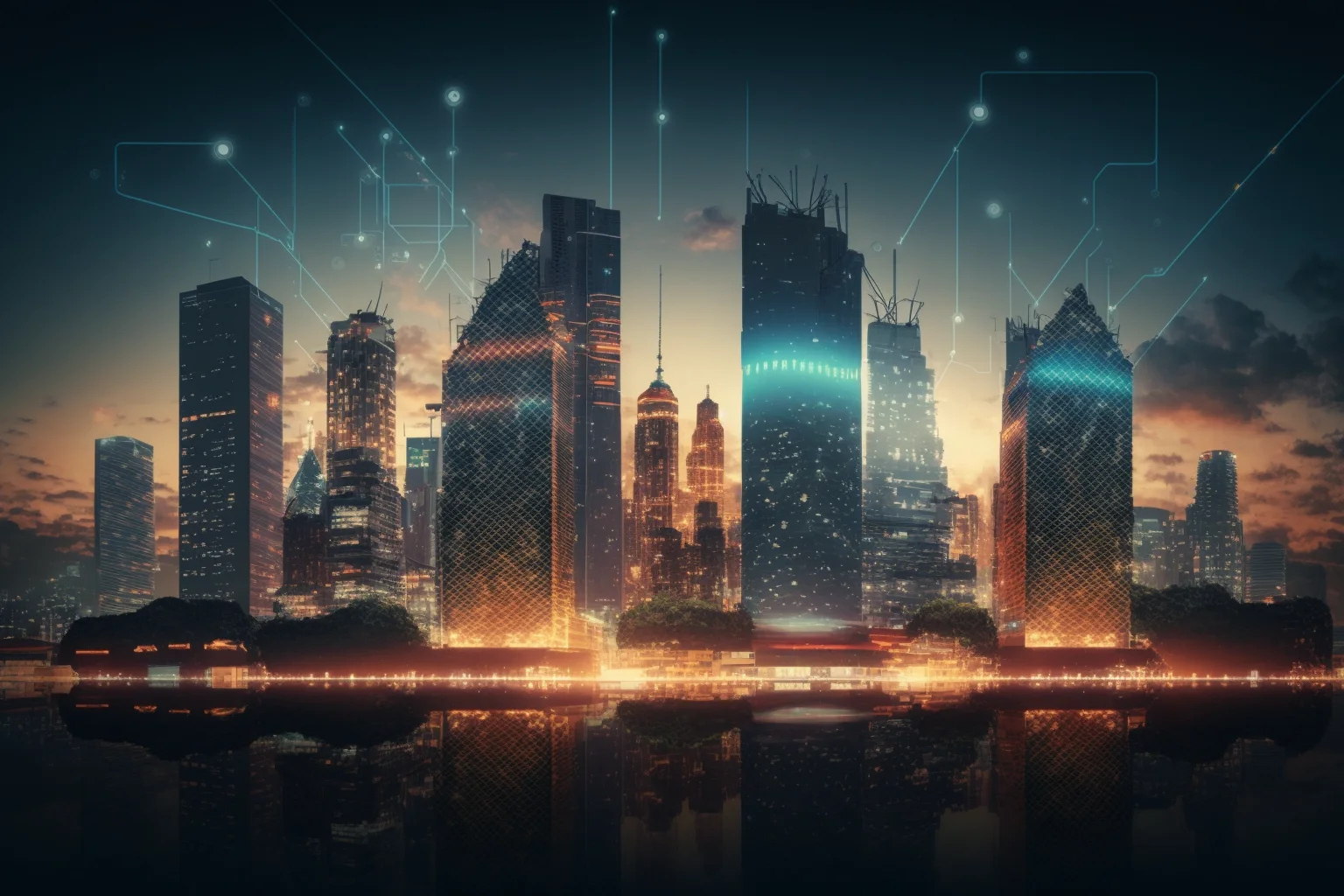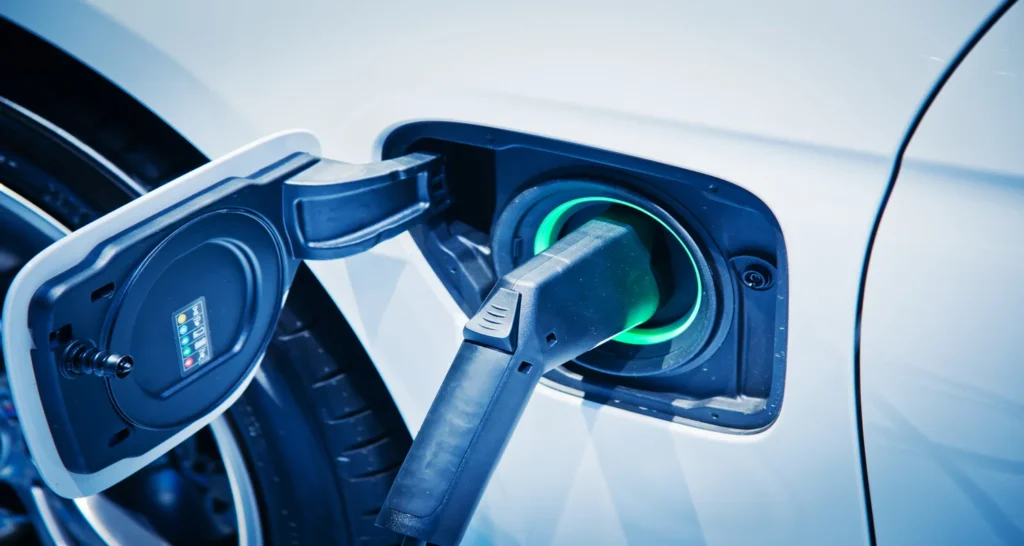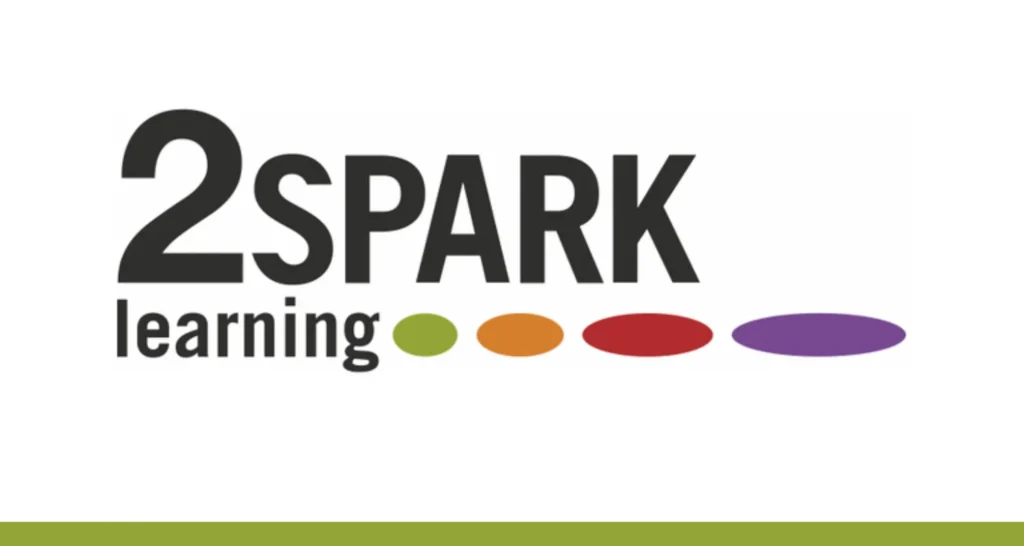In an increasingly urbanized world, the concept of the smart city has emerged as a beacon of innovation, sustainability, and enhanced quality of life. At the heart of this transformation lies technology—enabling cities to collect, analyze, and interpret data to create intelligent solutions that address a multitude of challenges. This article explores how technological solutions are driving the evolution of the smart city concept, while also considering the political, social, and cultural implications that accompany this shift.
The Rise of Technological Solutions:
Technological advancements, from the Internet of Things (IoT) to data analytics and artificial intelligence, have revolutionized the urban landscape. Smart cities harness these tools to collect data from various sources, creating a digital ecosystem that monitors everything from traffic patterns to energy consumption. This wealth of information enables city planners to make informed decisions that enhance efficiency, sustainability, and overall urban experience.

Enhancing Efficiency and Sustainability:
The implementation of technological solutions allows cities to optimize resource allocation, reducing waste and improving efficiency. Smart traffic management systems alleviate congestion, reducing travel times and emissions. Energy consumption is minimized through smart grid systems that adjust energy distribution based on demand, thereby reducing the carbon footprint. These solutions not only promote a greener environment but also enhance the overall quality of life for residents.
Empowering Data-Driven Decision-Making:
The smart city concept thrives on data-driven decision-making. By collecting and analyzing vast amounts of data, urban planners gain insights into citizen behavior, preferences, and needs. This enables them to tailor services and infrastructure to suit the evolving demands of a dynamic urban environment, ultimately improving citizen satisfaction and engagement.
Political, Social, and Cultural Implications:
While technological solutions are at the forefront of the smart city revolution, their integration brings about political, social, and cultural considerations. Cities must navigate the challenges of data privacy and security, ensuring that citizens’ personal information is safeguarded. Additionally, the adoption of technology can exacerbate existing socio-economic disparities, highlighting the need for inclusive policies that cater to all segments of the population.
Empowering Civic Participation: Technological solutions have the potential to enhance civic engagement by providing platforms for citizens to voice their opinions and contribute to decision-making processes. Mobile apps and digital platforms enable residents to report issues, propose solutions, and participate in city planning, fostering a sense of ownership and community.
Cultural Adaptation and Collaboration: Implementing technological solutions in smart cities often requires cultural adaptation and collaboration. The acceptance of new technologies and changes in behavior can vary across different cultural and social contexts. A successful smart city concept not only leverages technology but also considers the cultural nuances that shape a city’s identity.

Smart cities are renowned for engaging businesses and residents with innovation. Such cities rely on technological solutions and applications in design and planning. They employ technology in the provision of public services and enhance urban life. This includes using technology to control traffic, security, knowledge sharing, and responding to emergency situations.
Traffic Control and Management
One of the major problems facing modern cities is traffic congestion. As traffic control becomes increasingly difficult due to increased ownership of personal vehicles and lack of enough space, smart cities are turning to technological solutions to counter this challenge. The use of technology to address parking issues helps in traffic control and the elimination of congestion in the city. Besides using outside the city parking spaces where drivers can park their personal cars and use public means of transport to enter the city, smart are using technology to eliminate congestion and discourage illegal parking. Automated machines are increasingly being used to sell and scrutinize parking receipts. In addition to this, traffic controllers are relying on technology to collect and analyze information, which is then relayed back to drivers and the public. Such information allows drivers to find parking spaces that are most convenient to them without causing further traffic-related problems. Further, automated traffic lights are also used in directing traffic which helps in cutting down on the cost of operation while allowing for smooth flow of traffic. Variable message signs can also be moved to address some sections of the road such as in the case where a diversion is needed to be created to bar political figures is going through. Parking technology helps to supplements third-part parking services and to improve mobility within the city.
Emergency Response and Recovery
Technological solutions continue to play an important role in identifying emergency situations and facilitating coordination and recovery efforts. Smart cities such as Rio de Janeiro have set up hi-tech operations centers to monitor various aspects of the city including but not limited to issues relating to natural disasters. Through such centers, dedicated teams can monitor various aspects, collect and analyze information, and relay the same to respective stakeholders for prompt action. Through innovation, smart cities are also moving away from single-function infrastructural components to ones that are multifunction. For example, the conversion of wastewater into drinking water could and has in some cities seen the interconnectedness of infrastructural systems. Such interconnections may also help enhance access to services such as firefighting services and flood control services. Essentially, urban waste is converted to useful form and reintroduced in the system for consumption by urban residents.

Security and Increased Productivity
Smart cities facilitate workers with a serene living and working environment. This is achieved through well-thought-out plans and the application of technology. Smart technologies allow workers and businesses to operate for more hours. This is in line with the fact that such cities are highly secure to operate in and have all the required facilities to support long working hours. For example, law enforcement officers in smart cities have realized the importance of smart technology in fighting crime. The use of CCTVs has particularly been instrumental in deterring if not apprehend criminals. In addition to security, smart cities are characterized by 24 hrs working enterprises. A resident or worker can therefore comfortably walk into a food outlet and grab a late-night snack before continuing with his or her usual activities. Such arrangements help to increase productivity and to encourage businesses to be more vigilant towards revenue generation. The existence of street lights helps in creating a sense of safety and workers and/or residents will most likely be confident when going about with their activities.
Knowledge Sharing Environment
Smart cities offer environments that facilitate and promote knowledge sharing within and outside the city. With the increasing adoption of information communication technology, people have increased access to information. Interactions and communications have been made easier through virtual technology and have easier access to official information and services. Today, smart cities boast Hotspots where people can go and enjoy free internet services courtesy of the local government or a private business establishment.
Political, Social, and Cultural Systems
Away from physical infrastructure, smart cities are also characterized by robust political, social, and cultural systems. This has a significant effect on the physical spaces within the cities affecting issues such as the right of the people to occupy and/or spend time in areas designated for public use. It also affects the types of behavior that people are expected to display when in these places. For example, there have been issues surrounding the issue of surveillance in public places, an issue that touches both on the people and the government. In essence, social-cultural and political systems play an important role in shaping physical environments and physical infrastructures.













